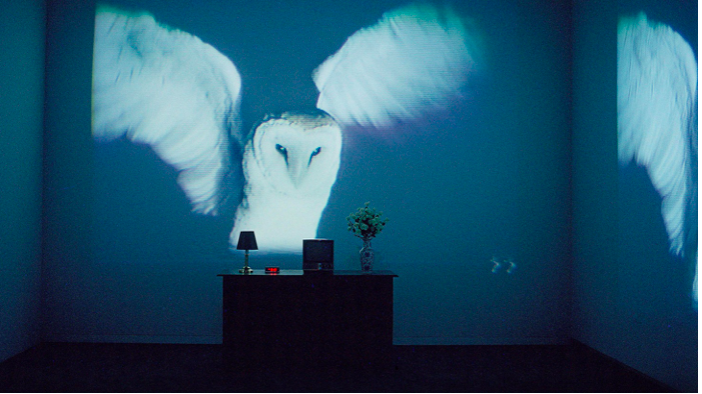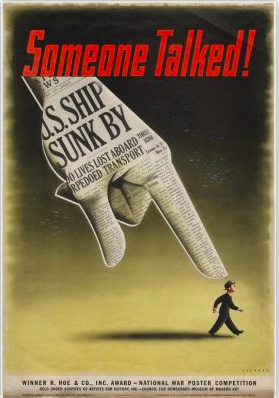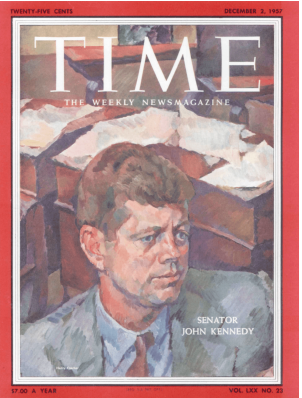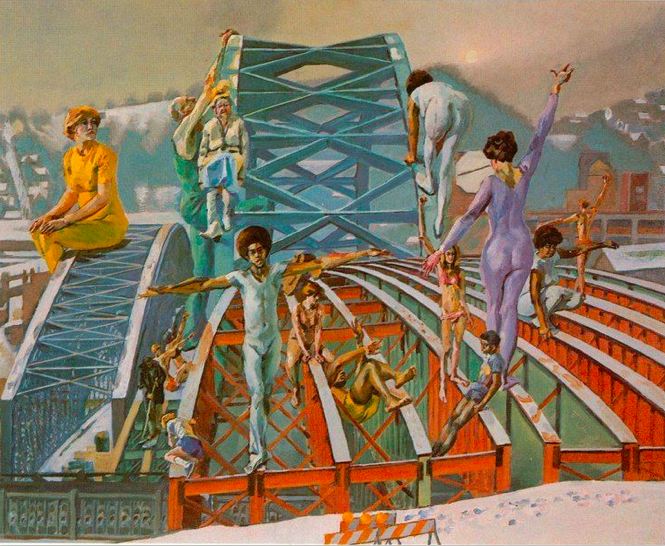Viola and Koerner: Art in Pittsburgh
This title comes from a Goya aquatint called El sueño de la razon produce monstruos or The Sleep of Reason Produces Monsters. But when I first came across the title it was referencing another work that had a profound influence on me as a teenager, and that was Bill Viola's "The Sleep of Reason," a mixed media installation at the Carnegie Museum of Art.
Housed in its own room, you walk inside and see a wood chest with fake roses in a vase, an alarm clock and lamp and a small tv with a video of someone sleeping on it. Then at various intervals projected on three of the walls are some strange snippets of video: A dog barking. A person underwater, perhaps drowning. An owl in mid-flight.
Seeing this for the first time had a profound impact on me. It was unsettling and yet oddly comforting due to the face of the person sleeping. And yet even that was horrifying in a way, as it places the viewer in the odd position of impassive voyeur. It brings to mind our TV viewing habits. Are we watching someone's subconscious dreams like one would watch a reality show? I'm of course viewing it through today's prism as the installation was created in 1988, before reality TV as we know it infected the landscape .
The writer in me kept trying to piece together a semblance of story to the recurring images. Often I'd go to the museum and just sit in that room, continuously absorbing it.
It's been years since I've seen the work in person, yet I can still vividly recall it, and smell the carpet in the room, as I can smell the mustiness of the entire museum from the modern works, to the classics, and the dinosaurs that used to enthrall me so much as a child.
Viola's work is still as visceral as the first work I saw.

Even though Bill Viola is from Queens, I still associate him with the city where I grew up, as much as I would Warhol, and my other favorite local artist, Henry Koerner. Much like Warhol, Koerner straddled the line between fine art and commercial art and was successful at both.
A native of Vienna, Koerner left when Hitler annexed Austria, eventually making his way to the States. You may not know his name, but you certainly know some of the propaganda posters he created for the war effort.

He also created nearly two dozen covers for Time Magazine.

Koerner's magical realist style was unusual. Even though I wasn't born then, a lot of it seemed very 1970's to me. Even the stuff that was painted before then. I don't know if it was the faded tone, or the style, but something about it seemed out of step with the modern world, even when it featured modern recognizable locations in and around Pittsburgh.
This one in particular exemplifies the duality of real and magic. The number of bridges are unmistakably Pittsburgh as are the houses dotted on the hill to the right. The magic part comes from the people treating the bridges as balance beams or just sitting there. As many times as I've seen it, I still don't know what it means except the sense of freedom I get from looking at it. And sometimes that's more than enough.
